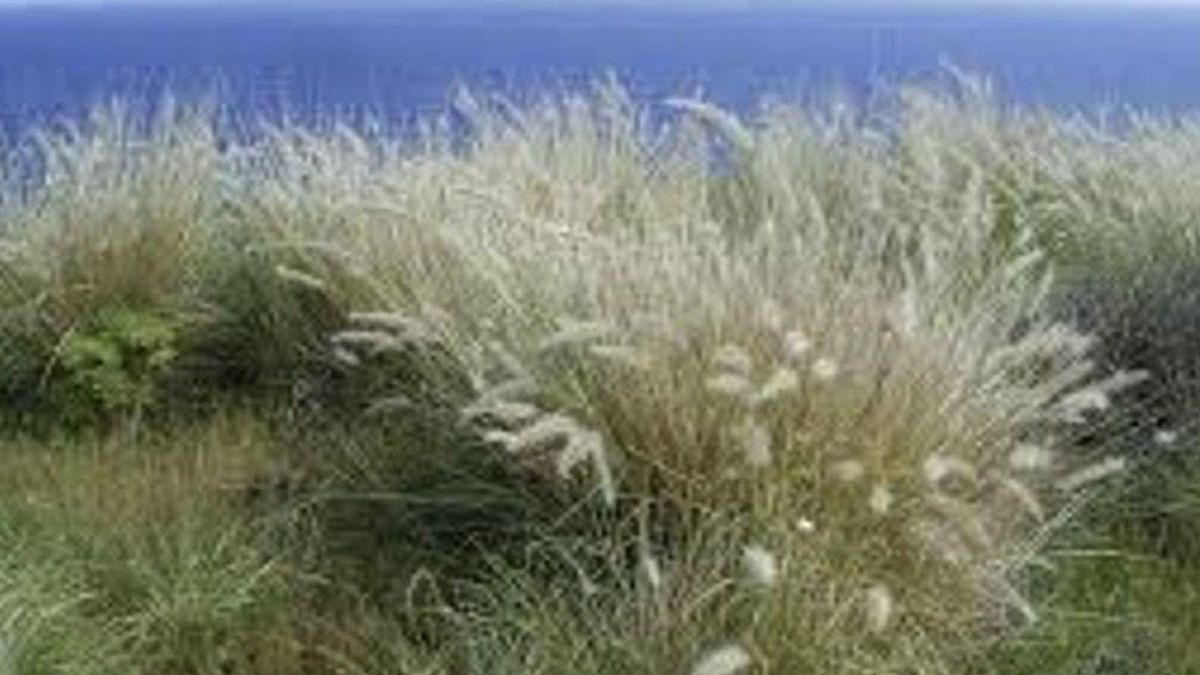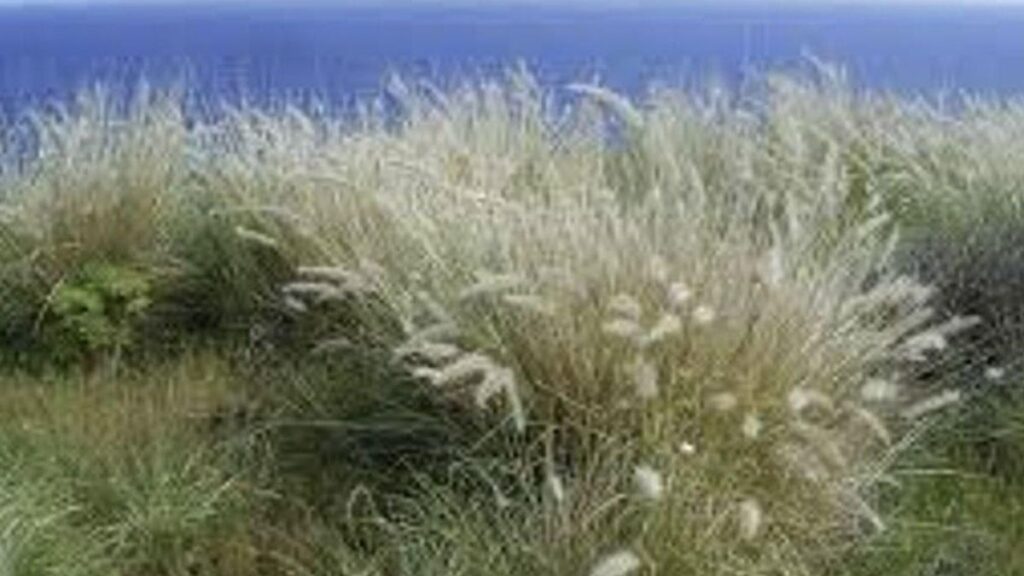The Unwelcome Guest: Fountain Grass in the Canary Islands
Introduced by humans as an ornamental plant in the 1940s, fountain grass (Cenchrus setaceus) has been preying on the Canary Islands’ ecosystems, degrading them faster than they can recover. Yet, the results of an experimental study from the University of La Laguna (ULL) offer a glimmer of hope, challenging the defeatist narrative that often follows such a pervasive landscape invasion. To grasp the impact of this plant on the islands’ delicate ecosystems, it helps to first understand what an invasive species is and how it behaves in a new territory to which it has been transported.
What Makes a Species Invasive?
An invasive species can be an animal, a fungus, a microbe, or, as in the case of ‘rabogato’ (the local name for fountain grass), a plant. For a species to be considered invasive, it must have an exotic origin and be transported outside its natural range. Once there, it must successfully adapt, establish itself, and reproduce in the new ecosystem, ultimately causing damage to native biodiversity, ecosystem functions, human health, or the local economy.
Why Fountain Grass Is So Destructive
The fountain grass invading the islands at certain altitudes—sometimes even sprouting right at the edge of asphalt, proving it needs very little to grow—is originally a neighbor from North Africa, where it thrives in shrublands and stony soils. Its highly effective seed dispersal, facilitated by wind, water, or animals, makes it a formidable invasive species. These invaders typically compete more efficiently than native species for essential resources like nutrients, space, water, and light. This intense competition displaces native flora, causing their populations to dwindle or vanish locally.
This loss is especially painful in the context of the Canary Islands, which are endowed with unique global biodiversity and endemic species adapted to live only in this particular corner of the Atlantic. Compounding the problem is the potential for hybridization between these foreign and native species, which can alter the genetics of the latter, making them sick or weaker. Fountain grass has been confirmed on all eight of the main Canary Islands, but it poses a particularly severe problem on Tenerife, Gran Canaria, and La Palma.
The Scientific Breakthrough
In 2017, technicians from GEA (Environmental Management and Experts) alerted members of the ULL’s Research Group for Integrated Control of Pests and Plant Diseases (CIPEV) about fountain grass plants that appeared to be sick in some localities in southern Tenerife. Two years later, in 2019, bibliographic analysis and field surveys revealed similar afflictions in low-lying areas of Tenerife, Gran Canaria, and La Palma. Based on these findings, an agreement was established between ULL and the Canary Islands Government to carry out the project “New Methods for Controlling Fountain Grass, Pennisetum setaceus, in the Canary Islands,” aiming to coordinate different administrations and commit the island councils to a unified fight against the invader.
Researchers discovered that the ailments affecting the plants were caused by fungi that attack the base of the plants and destroy their vascular systems. This condition, when combined with water stress, either kills the plant outright or makes it more vulnerable to pathogens.
A Fungal Soldier in the Fight
Following these discoveries, the island councils of Tenerife, Gran Canaria, and La Palma contracted technical assistance in 2020 to assess the situation, map the invasion, and verify the consistency of the scientists’ observations. One of the first conclusions, after analyzing each island zone by zone, was that fountain grass remains in the landscape for a long time after the plant itself has died.
Sources from the ULL’s Integrated Control of Pests and Plant Species group state that while it’s not yet time to ring the victory bells, they are convinced that its expansion can be contained, prevented from entering new spaces, and even eradicated in some areas. In July of this year, news broke that a ULL experimental project has identified Fusarium fungi, present on two islands, as a biological soldier to combat the invasive plant. On both Tenerife and Gran Canaria, these fungi not only affect the plant in its weakened state but also limit its capacity to flower and spread seeds by up to 50%. To achieve this, researchers isolated 250 strains of these fungi, performing “millions of DNA sequencings” for their application, always using strains specific to each island.
Community Action: The REDEXOS Program
The REDEXOS program is the Canary Islands Early Warning Network for Invasive Alien Species, created to locate, identify, analyze, control, and eradicate new outbreaks or populations of invasive alien species (IAS) in the archipelago. REDEXOS has carried out various strategic actions to combat fountain grass, focused on early detection, eradication, and environmental education. These efforts include promoting citizen detection through digital tools and apps for reporting fountain grass outbreaks, with technical validation and follow-up; organizing eradication campaigns and clean-ups in natural spaces, coordinating volunteer teams and direct action days; promoting awareness and training activities in educational centers, communities, and local groups to highlight the danger fountain grass poses to biodiversity; and fostering inter-institutional coordination with town councils, foundations, and official bodies to amplify the response and effectiveness of these actions.


